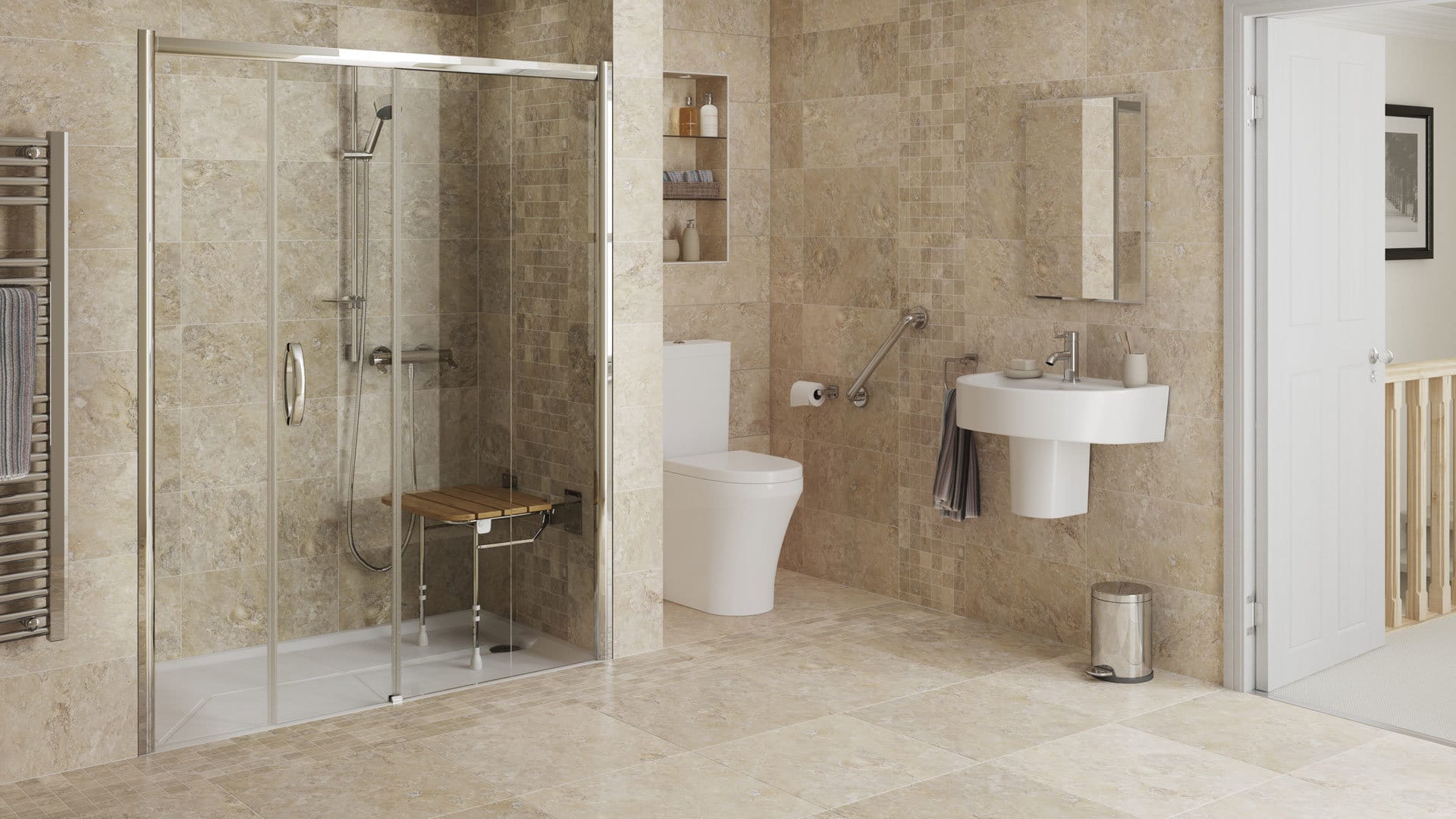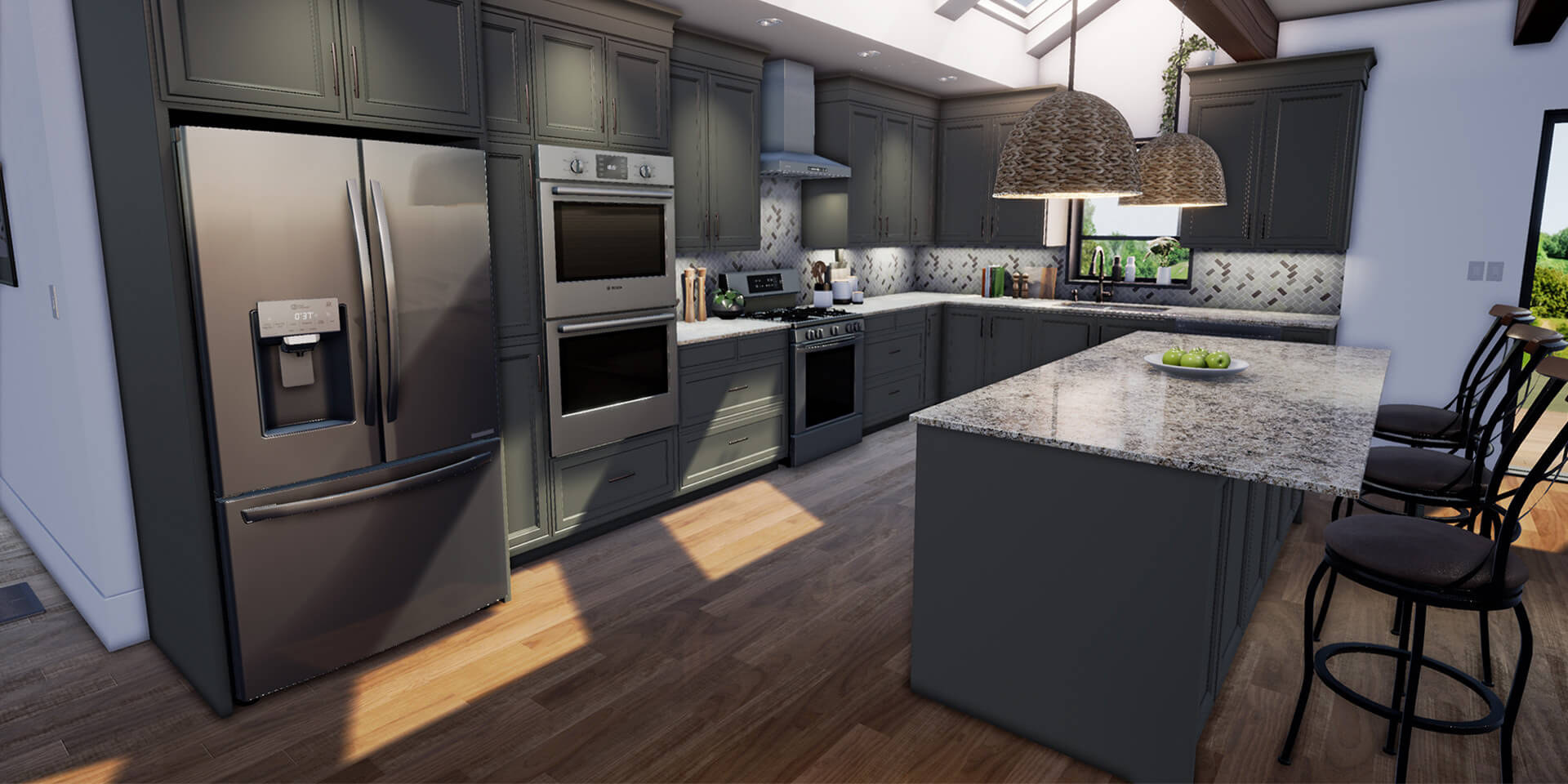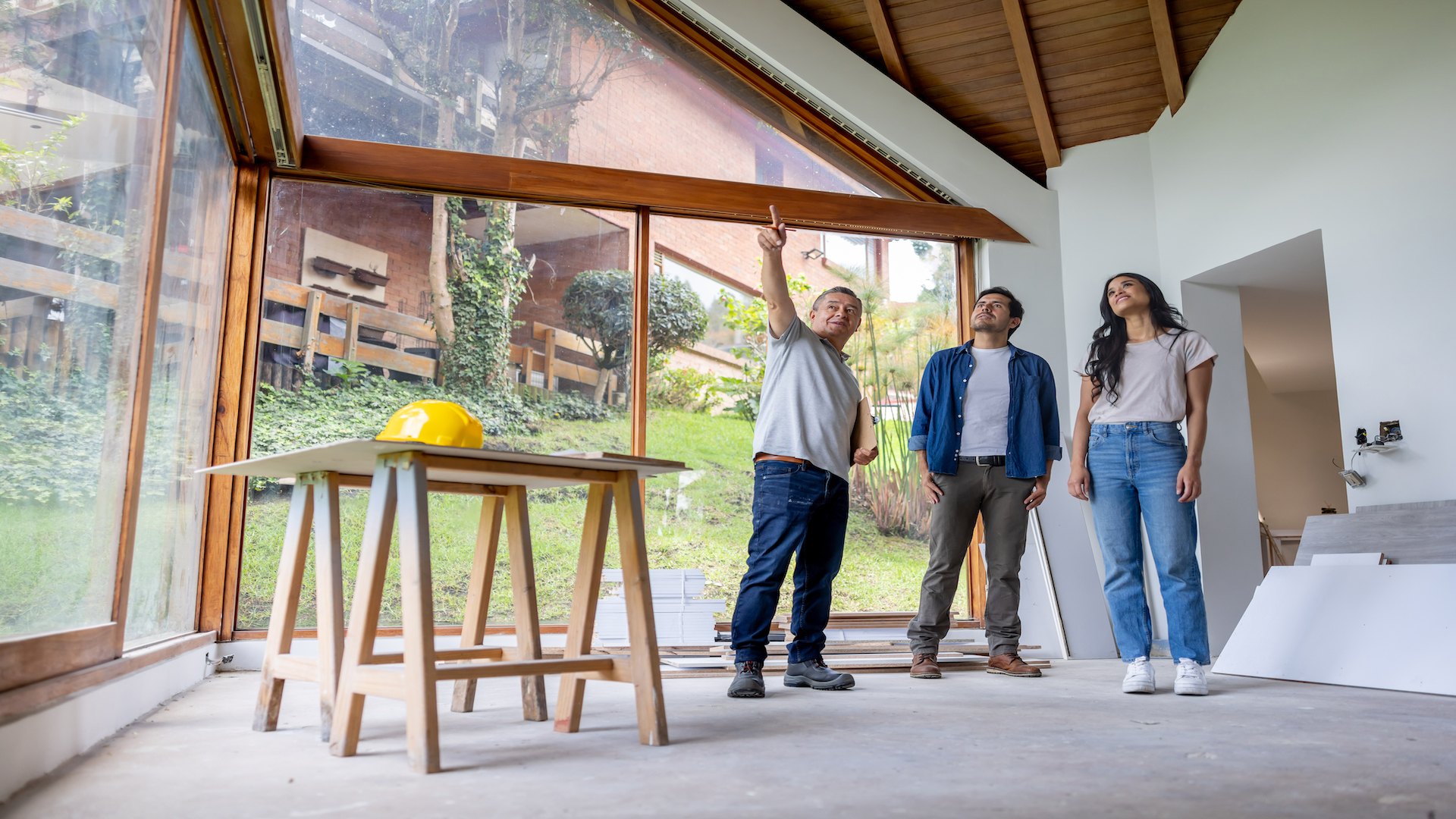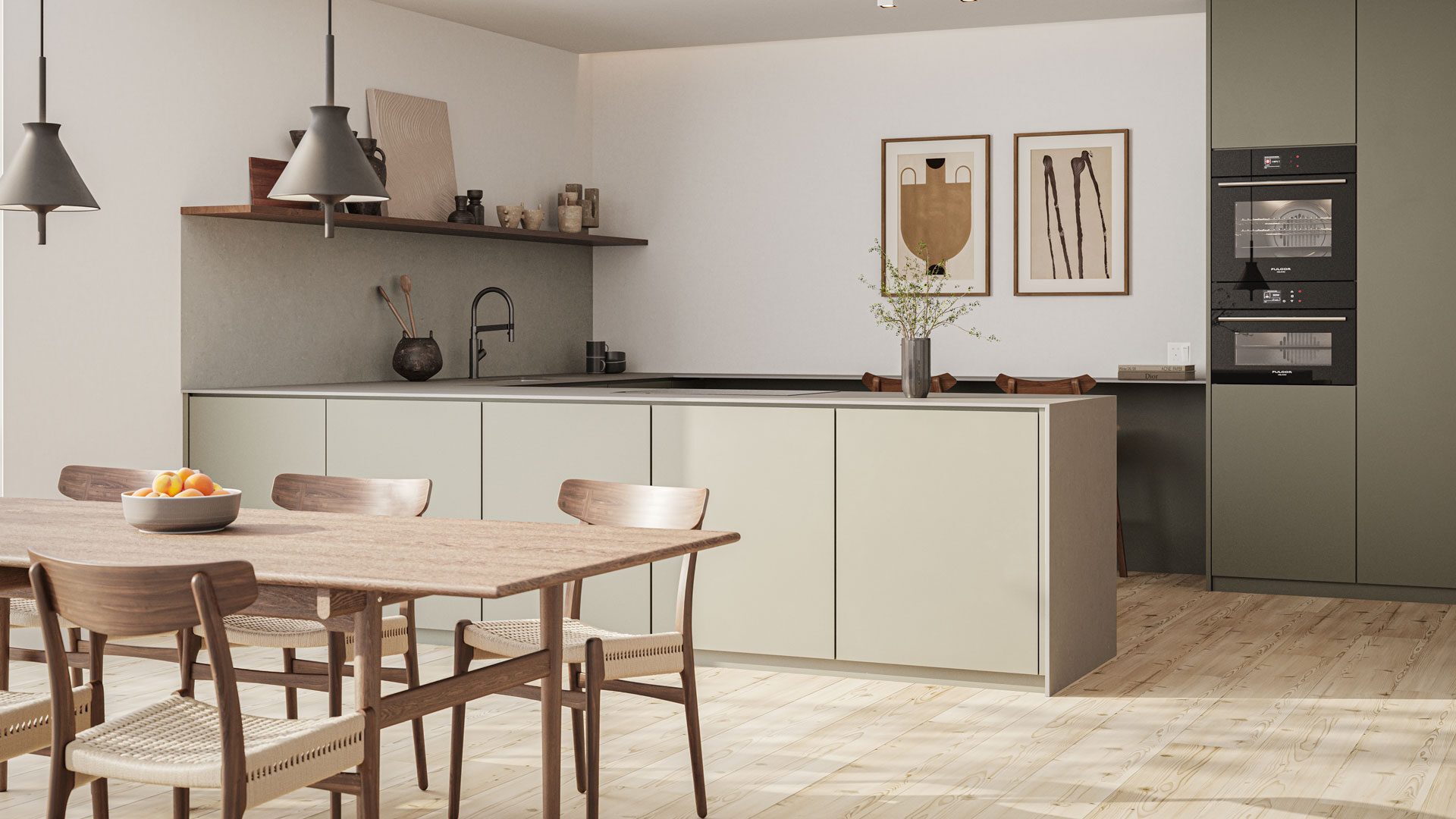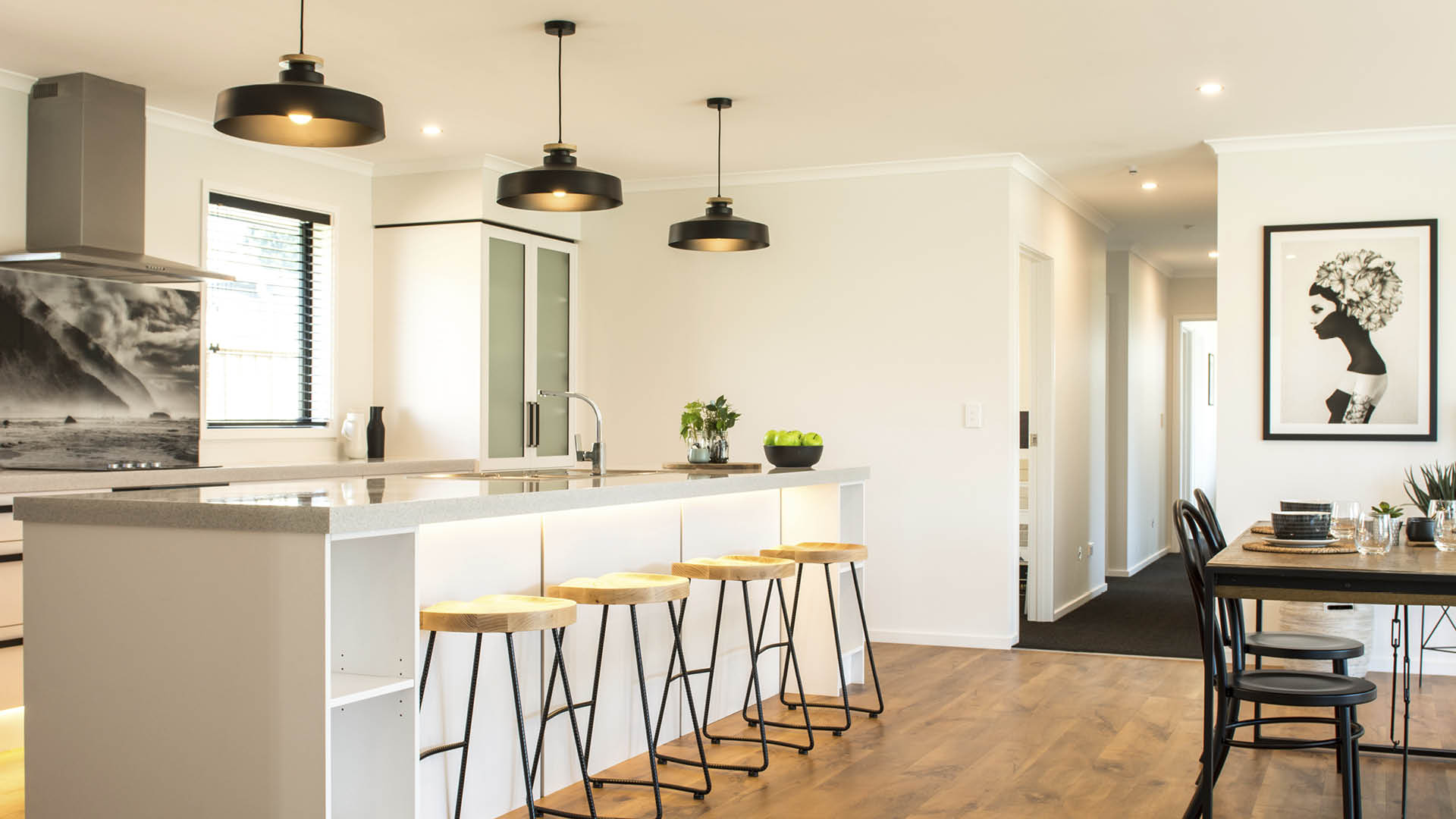Okay, let’s talk home bathroom remodeling. It’s a big undertaking, no doubt about it. A lot of decisions, a lot of moving parts, and let’s be honest, a lot of money. But a well-executed bathroom remodel can transform your home, adding value, comfort, and a touch of luxury to your daily routine. Whether you’re dreaming of a spa-like retreat or simply looking to update a dated space, this guide will walk you through the key aspects of a successful bathroom renovation.
Planning Your Project: Setting the Stage
Before you even think about demolition, you need a plan. A solid plan is the foundation of any successful remodel. Start by defining your goals. What do you want to achieve with your remodel? Are you looking for more space? Improved functionality? A more modern aesthetic? Once you’ve identified your goals, you can start to think about your budget. Bathroom remodels can range from a few thousand dollars to tens of thousands, so it’s important to set a realistic budget early on. Finally, consider your timeline. How long are you willing to live without a fully functional bathroom? Be realistic about the timeline and factor in potential delays.
Design Decisions: Creating Your Vision
Now for the fun part: design! This is where you get to bring your vision to life. Think about the style you want to achieve. Do you prefer a classic, contemporary, or transitional look? Browse magazines, websites, and home improvement stores for inspiration. Consider the layout of your bathroom. Are you happy with the current layout, or do you want to make changes? Think about traffic flow and functionality. Make sure the layout is practical and works for your needs. Finally, choose your materials and finishes. This includes everything from tile and flooring to countertops and fixtures. Consider durability, maintenance, and aesthetics when making your selections.
Demolition Day: Preparing for the Transformation
Once your design is finalized and your materials are ordered, it’s time for demolition. This can be a messy and disruptive process, so it’s important to prepare your space. Cover any furniture or belongings in nearby rooms to protect them from dust and debris. If you’re doing any of the demolition yourself, make sure you have the necessary tools and safety equipment. If you’re hiring a contractor, they will handle the demolition for you. Be prepared for some noise and disruption during this phase of the project.
Plumbing and Electrical: The Essential Infrastructure
Behind the walls, there’s a lot going on. Plumbing and electrical work are critical components of any bathroom remodel. If you’re moving any plumbing fixtures, such as the toilet or shower, you’ll need to hire a licensed plumber. Similarly, if you’re changing the electrical layout or adding new lighting, you’ll need a licensed electrician. These professionals will ensure that the plumbing and electrical work is done safely and up to code.
Tile Time: Adding Style and Function
Tile is a popular choice for bathroom floors and walls. It’s durable, water-resistant, and comes in a wide variety of styles and colors. When choosing tile, consider the size and shape of your bathroom. Larger tiles can make a small bathroom feel bigger, while smaller tiles can add visual interest. Think about the grout as well. Grout lines can be a breeding ground for mold and mildew, so choose a grout that is easy to clean and maintain.
Vanity Ventures: Storage and Style
The vanity is a key element in any bathroom. It provides storage for toiletries and other essentials. When choosing a vanity, consider the size of your bathroom and your storage needs. Do you need a single or double vanity? Do you prefer drawers or cabinets? Think about the countertop material as well. Popular options include granite, quartz, and laminate.
Fixture Focus: The Finishing Touches
Fixtures are the finishing touches that bring your bathroom remodel together. This includes everything from faucets and showerheads to toilets and towel bars. Choose fixtures that complement your overall design style. Consider the functionality of the fixtures as well. Do you need a low-flow showerhead to conserve water? Do you prefer a dual-flush toilet?
Lighting Layers: Setting the Mood
Lighting is crucial in a bathroom. It not only provides visibility but also sets the mood. Layer your lighting to create a functional and inviting space. Ambient lighting provides overall illumination. Task lighting is used for specific tasks, such as applying makeup or shaving. Accent lighting highlights architectural features or artwork.
Ventilation Vibes: Keeping it Fresh
Proper ventilation is essential in a home bathroom remodeling to prevent mold and mildew growth. A good exhaust fan will remove moisture from the air, keeping your bathroom fresh and dry. Make sure the exhaust fan is properly sized for your bathroom and is vented to the outside.
The Final Walk-Through: Ensuring Satisfaction
Once the remodel

